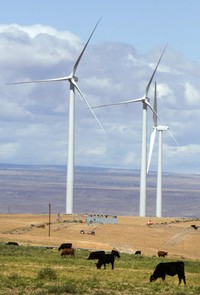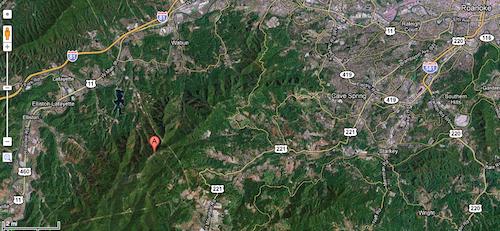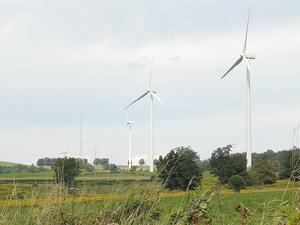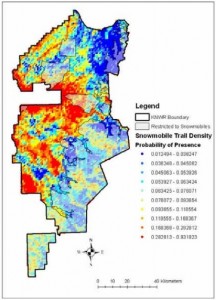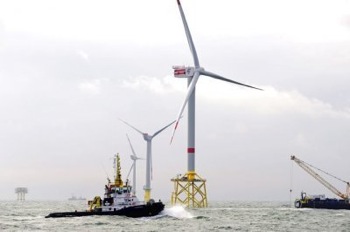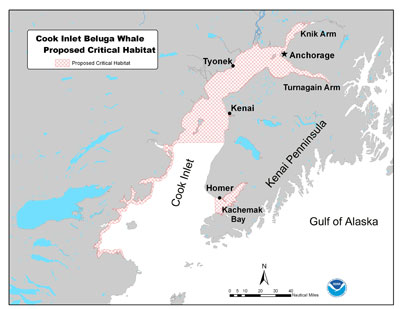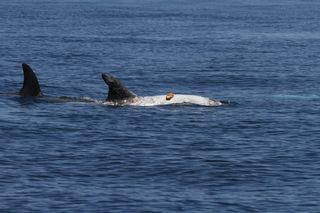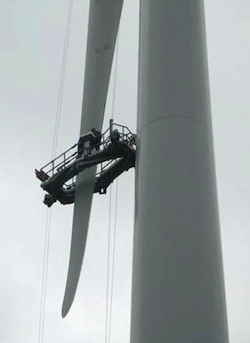AEI taking new direction on wind farm noise – leaving the grey areas to compile concrete information
Wind turbines 3 Comments »For the past three years, I’ve been learning what I can about the ways that wind farm noise affects nearby neighbors. While most online information tends toward the black-and-white—the sound levels are lower than most human noise sources and current siting standards are fine; the noise is invasive and we need to totally rethink the efficacy of wind energy—AEI has been dedicated to fleshing out the shades of grey. A noise that drives one person crazy is considered a gentle whoosh by another; ranching areas tolerate wind farm noise at levels far above those that are causing problems in rural areas where residents especially value peace and quiet; community noise standards that minimize complaints about, say, road noise, can appear to be too high for wind farms. As important as it is to tell the whole story, including the fact that much is yet unclear, I feel a bit adrift in the grey these days. When it comes right down to it, how does one describe a shade of grey?
In the coming months, AEI is going to take a different approach. More to the point, I’m going to focus my energies toward a different purpose, a new task. Rather than trying to “tell the story” in a way that helps everyone see the issue from a larger perspective, I’m going to use my time and energy to put together a toolkit aimed at providing the necessary information to allow anyone to come to their own conclusions: an annotated collection of concrete information about the sound levels and varied community responses observed around wind farms. Given the limits of what one person can do, it probably won’t be totally comprehensive, but it will draw from the full spectrum of researchers and experiences, and will attempt to provide some context to understand what is known, what is mostly unknown, and where we might most fruitfully direct further investigations.
I think that AEI’s publications over the past couple of years have done a fairly decent job of telling the big-picture story of wind farm noise. The various presentations, articles, and reports have taken different approaches toward a common goal: to explore the paradoxes and subtleties that belie both the black and the white views.

